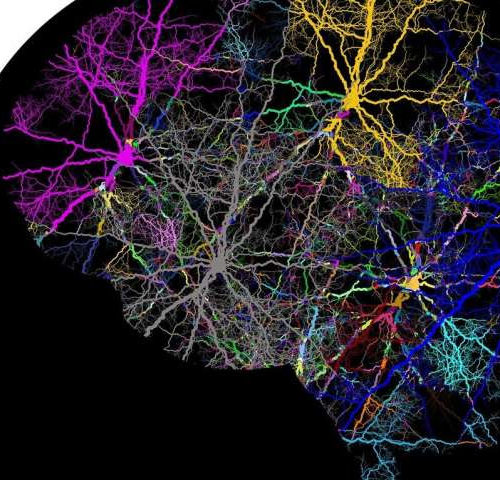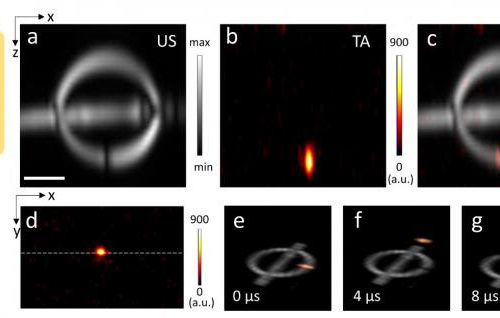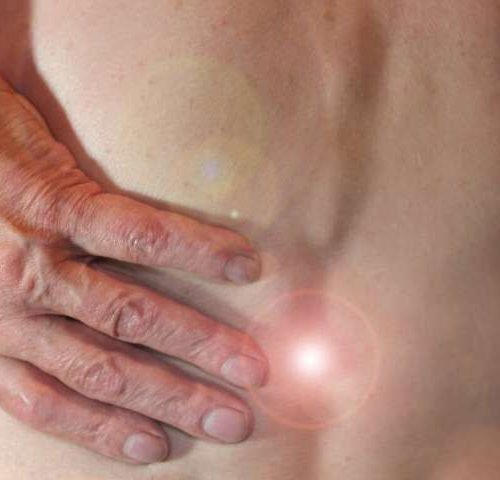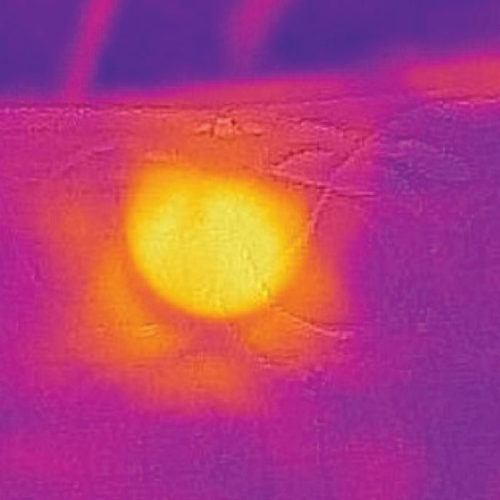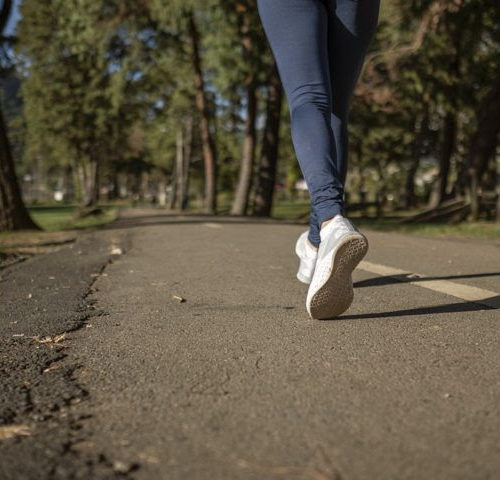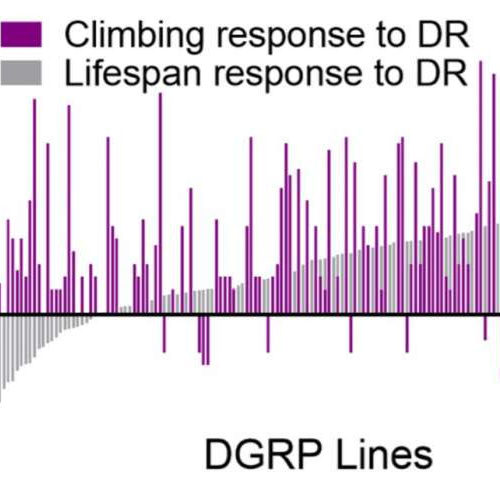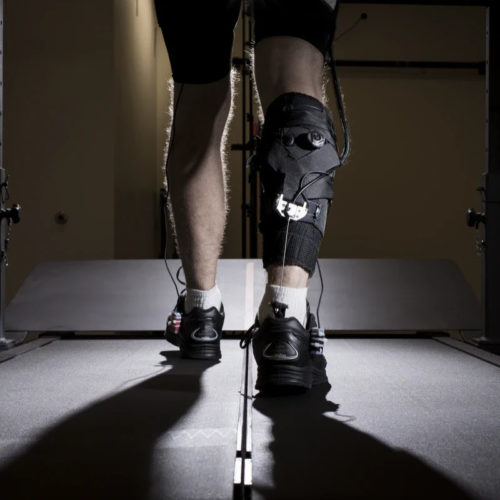by Cedars-Sinai Medical Center New research from Cedars-Sinai has identified the pathways of neurons that help people retrieve information from memories and use that information to make decisions—a discovery that may aid development of future treatments for memory disorders that accompany certain conditions, like schizophrenia and Alzheimer’s disease. The research, led by Ueli Rutishauser, Ph.D.,...
Tag: <span>disability</span>
Hot ring produces microwave-powered ultrasound pulses wirelessly
Innovative wireless split-ring resonator concentrates microwaves into a hot-spot for ultrasound emission SPIE–INTERNATIONAL SOCIETY FOR OPTICS AND PHOTONICS Ultrasound imaging is one of the workhorses in a modern hospital. It hits the trifecta of being relatively cheap, portable, and non-invasive. The ability to cause future parents to get a bit emotional over fetus images is...
New therapy reduces chronic low back pain in large international study
by University of Rochester Medical Center A new study has found that tanezumab, a monoclonal antibody that inhibits nerve activity, provides relief in patients with chronic low back pain, one of the leading reasons why people seek medical care and the number one cause of disability worldwide. “This demonstration of efficacy is a major breakthrough...
Texas A&M researchers light cells using nanosheets for cancer treatment
A 2D nanosheet developed by scientists in the Department of Biomedical Engineering could be used to control cell response via light Scientists in the Department of Biomedical Engineering at Texas A&M University are developing new ways to advance the field of regenerative medicine and cancer treatment. They are developing a 2D nanosheet that is 1,000...
Poor fitness and obesity in adolescence linked to later chronic disease
Adolescents who have poor cardiorespiratory fitness or are obese have an increased risk of developing cardiovascular disease later in life, serious enough to qualify them for disability pension due to a chronically reduced work capacity. The findings also suggest that a small improvement in fitness is associated with a lower risk. “In the study, we...
Eat less and live a long healthy life? Study shows ‘not in all cases’
by Buck Institute for Research on Aging Each of the analyzed fly strains arranged by response to dietary restriction. The overlapping bars show the increase or decrease in lifespan (grey bars) or healthspan (purple bars) when that fly strain underwent dietary restriction. Most strains show positive responses, but a number of strains show negative responses...
FDA greenlights Neuroelectrics to help patients with Major Depression at home amidst Covid-19 restrictions
Neuroelectrics announced that the FDA has approved the Investigational Device Exemption supplemental protocol study submitted by Neuroelectrics to help patients with Major Depression Disorder (MDD) that cannot access their current non-invasive brain stimulation treatment (rTMS* or ECT**) due to COVID-19 related restrictions. COVID-19 pandemic has made evident the urgent need for a safe, effective, home-based...
Local inflammatory cells are characteristic for advanced multiple sclerosis
In the brains of people that suffer from long-term multiple sclerosis (MS), inflammatory cells are not entering the brain via the bloodstream anymore. Instead, the cells arise from local memory cells in the brain. Nina Fransen and her colleagues of the Netherlands Institute for Neuroscience show this in a recently published article in the scientific...
Soft exosuit improves walking speed and endurance for stroke survivors
By Paul Ridden May 12, 2020 In 2017, researchers from Harvard’s Wyss Institute, the John A. Paulson School of Engineering and Applied Science and Boston University demonstrated a soft robotic exosuit designed to help stroke patients improve their mobility. Now an untethered version of the lightweight ankle-assisting device has been shown to increase walking speed...
Temple finds link between blood vessel inflammation, malfunctioning cellular powerhouses
CREDIT: TEMPLE UNIVERSITY HEALTH SYSTEM (Philadelphia, PA) – The vast majority of cells in the human body contain tiny power plants known as mitochondria that generate much of the energy cells use for day-to-day activities. Like a dynamic renewable resource, these little power plants are constantly dividing and uniting in processes called fission and fusion....

